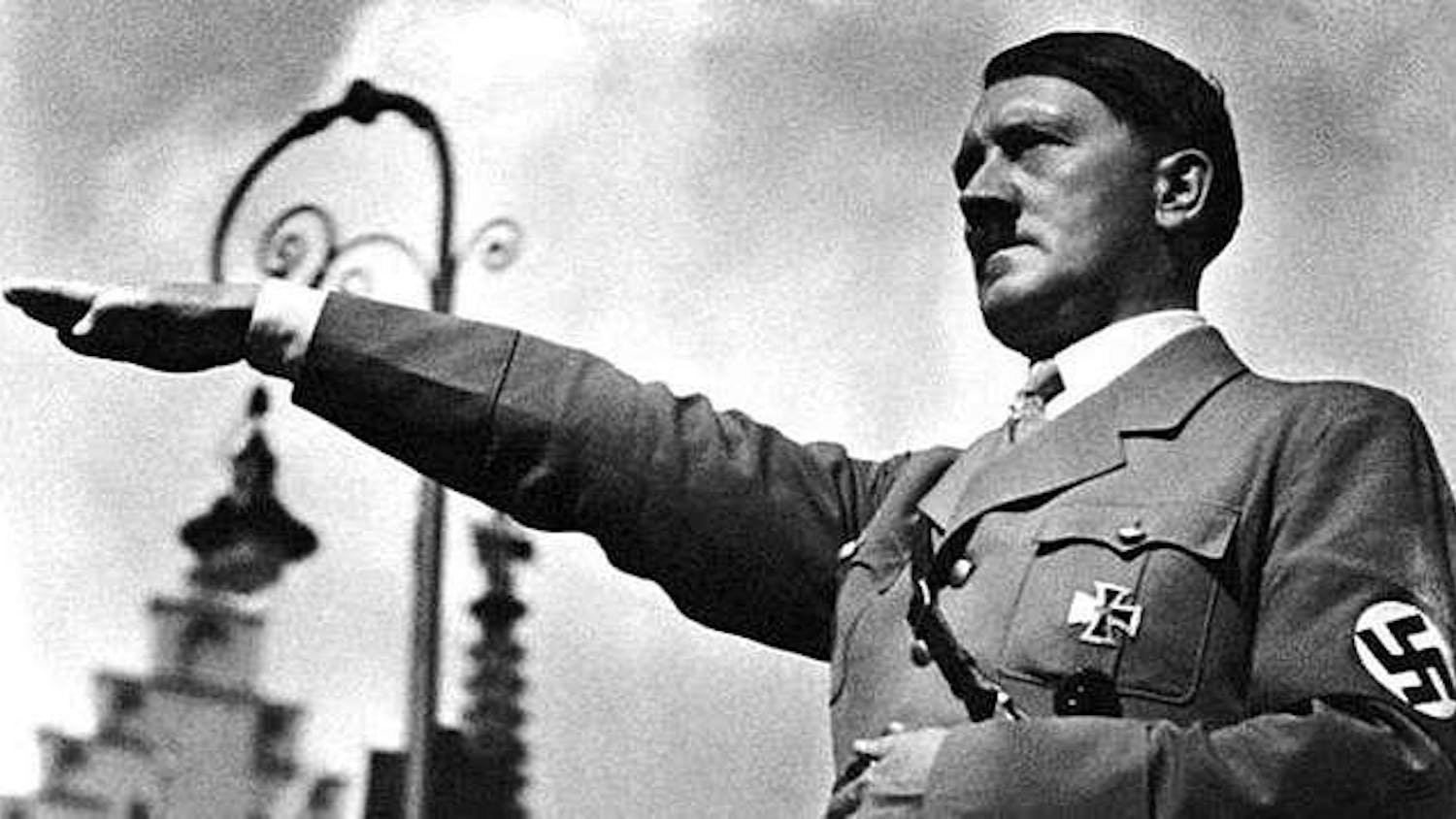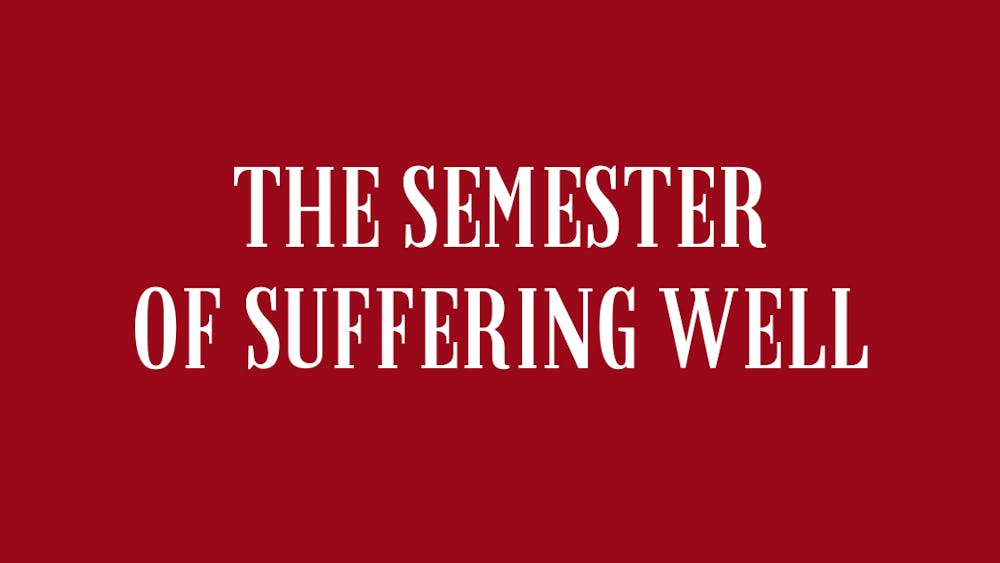Fr. Ted was a fighter for human rights. As chief of the Civil Rights Commission, brokering landmark compromises that gave new legal protections to many Americans, and as Notre Dame’s longest serving president, opening Notre Dame to female students and integrating Notre Dame’s leadership with lay men and women, Fr. Ted sought greater respect for the God given dignity of many. As Notre Dame examines how to renew Fr. Ted’s tremendous legacy today, it could find no better concern than Notre Dame’s underrepresentation of women in leadership and underrepresentation of minorities across the University. I will focus on the former here and write about the latter in a subsequent column.
In 2013-14, Notre Dame held a University-wide forum on “Women in Leadership.” During many events, scholars and leaders offered compelling research and personal experience regarding the unique and essential contributions of female leaders. Studies showing increased efficiency, transparency and effectiveness in organizations with strong representation of women in leadership were matched with stories of women overcoming great odds to lead.
At the end of this same year, Notre Dame had eight open positions on the Board of Trustees to fill. The results were not what one would expect of a year dedicated to “Women in Leadership.” Seven men and only one woman were selected, further reducing the representation of women on the Board from 30 percent to 27 percent. The highest level of governance, the Board of Fellows, elected one male to its lone open position, maintaining its disproportion of 11 men and just one woman. For a governance structure in which business is approved by two-thirds majority, this means that for the Fellows and for the Trustees, the votes of women are not needed for approval of any matter. Such conditions undermine the lay participation in governance that Notre Dame claims and that Fr. Ted began. There is no secular or religious definition of “laity” in which women are so marginalized.
Talk about women in leadership, without dramatic improvement in their representation, degrades the University’s credibility as Catholic and as an institution of higher learning. Having written about challenges facing female faculty and students in previous columns, I will focus on staff here. In a recent town hall talk, Executive Vice President John Affleck-Graves voiced his concern about a lack of diversity at Notre Dame, saying that he would “challenge my nine direct reports to tackle the situation.” Yet what was not said was that eight of these nine directly reporting administrators are male, a situation which Affleck-Graves has had, in a decade as EVP, ample time to tackle. Indeed, many of these directly reporting administrators, in turn, oversee leadership structures that are dominated by men, such as the Finance Division, with five of its six leaders being male; Auxiliary Operations, where all six who hold the title of “director” are male; the Controller’s Office, in which eight of the nine persons with the title of “controller” are male; Campus Safety, where all but one of the eight directors or chiefs are male; or the Investment Office, where all nine top administrators are male. These are just a few of many male-dominated leadership structures at Notre Dame. Such structures breed insularity and artificially narrow the paths to leadership.
As many of these positions are held by long-term employees of Notre Dame, Notre Dame’s “corporate culture” is indicted by such underrepresentation of women. Those men who fit the model of what Joan Williams, a scholar of work culture, calls the “work devotion schema,” willing to greatly reduce family and community commitments in favor of long hours, heavy office responsibility and a nearly always engaged electronic connection to work, advance. This model of “workplace devotion” was long ago rejected by the world’s most efficient economies like Germany, and plenty of research describes both its inherent inefficiencies, as well as its deleterious effects on women’s vocations particularly.
From a Catholic perspective, Pope Francis’ habit of testing fathers in the confessional about how much time they spend with their children and asking adults about how often they are with their elderly parents are vivid examples of how the Church defends the responsibilities of family as primary, against encroachment by work devotion. The failure of Notre Dame’s administration in the last decade to improve the representation of women in leadership and their own practice of the “work devotion schema” speaks more stridently and effectively than talk of diversity. Put simply, the current path to leadership is debilitating for men and for women, and male aggrandizement in leadership is a symptom of Notre Dame’s sick culture of work.
A prominent female scholar recently shared a story of having a photo taken with Fr. Ted. Near the end of his life, he was seated in a chair, and she crouched down to be nearer to him for the picture. Fr. Ted looked at her and said, “Notre Dame women stand tall.” She stood for the photo and shares it today as a memento of Fr. Ted’s gesture of respect. Such respect for women as leaders, present and future, motivated Fr. Ted to make many controversial but effective changes to Notre Dame’s organization and culture. Now there are generations of Notre Dame women who blaze trails in many fields.
Notre Dame needs many more women in leadership. Until this happens, Notre Dame is not truly governed with the laity, and its potential as a Catholic research university is hindered by its infirm work culture and insular, inefficient and mostly male governance. The University can only benefit from greater organization and collaboration, especially led by female alumnae, faculty and staff, to recruit, retain and advance more women at Notre Dame. To celebrate and promote Fr. Ted’s legacy, the time has come for effective changes at his beloved University, to restore the vision of men and women as partners in leadership.













